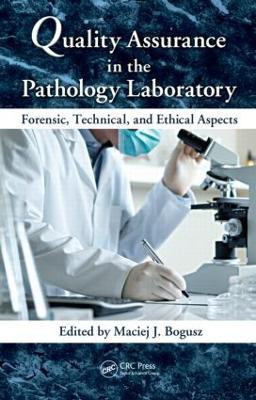Quality Assurance in the Pathology Laboratory(English, Hardcover, unknown)
Quick Overview
Product Price Comparison
Quality refers to the amount of the unpriced attributes contained in each unit of the priced attribute. Leffler, 1982 Quality is neither mind nor matter, but a third entity independent of the two, even though Quality cannot be defined, you know what it is. Pirsig, 2000 The continuous formulation of good practices and procedures across fields reflects the importance of the recognition and maintenance of "quality" for nearly every profession. The widespread introduction of point-of-care testing, centralization of activities in large core laboratories, and the increase in number and complexity of diagnostic testing worldwide has driven changes in the organization of laboratory diagnostics over the past decades. As such, laboratory diagnostics, continuously catching up to updated techniques and complex procedures, need to stay vigilant about safety and good practices adjustments. Although widely defined and quantified, the concept of quality is an intrinsic feature of the human psyche and decision making. Written to improve laboratory work, Quality Assurance in the Pathology Laboratory examines: Quality assurance of quantifiable methods applied in laboratory medicine and toxicology Quality aspects of emerging disciplines including personalized therapy and virtopsy Regulatory and logistic instrumentation that ensure quality in laboratory methods Professional education at the graduate and postgraduate levels Laboratory diagnostics substantially contributes to clinical decision making by providing valuable information for the screening, diagnosis, therapeutic monitoring, and follow-up of most-if not all-human disorders. Providing general insights into the quality assurance aspects of pathology and laboratory medicine, this book aids in improving laboratory work and, at the same time, shows the possibilities and limits of all logistic and legal tools related to quality issues.


